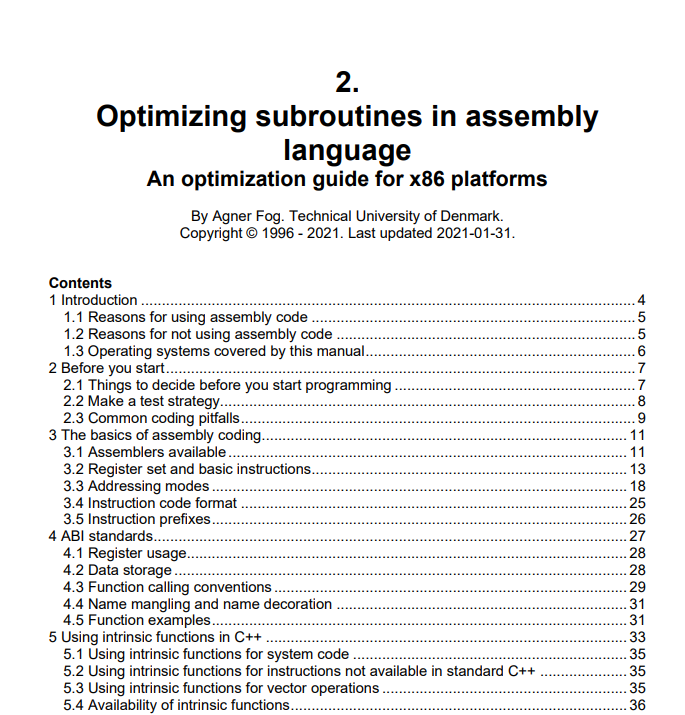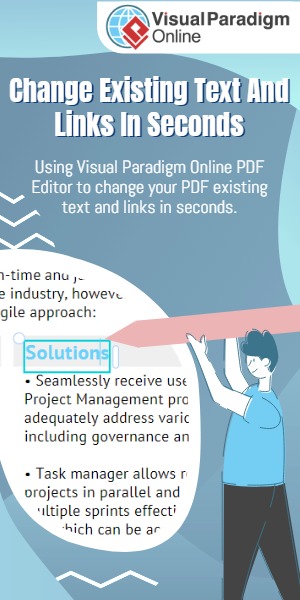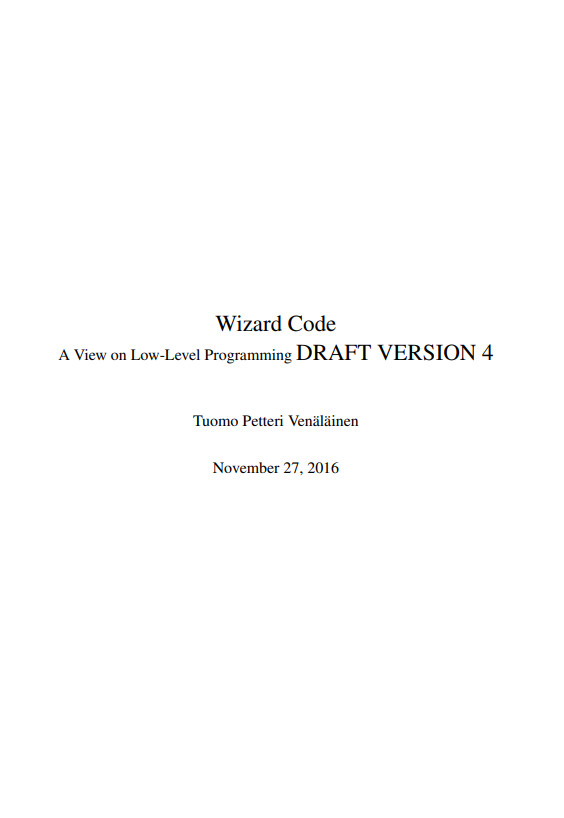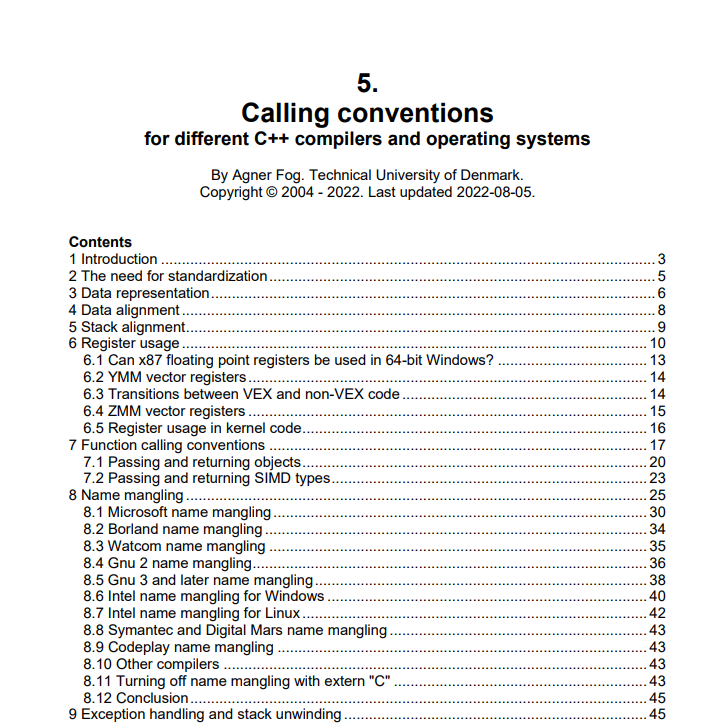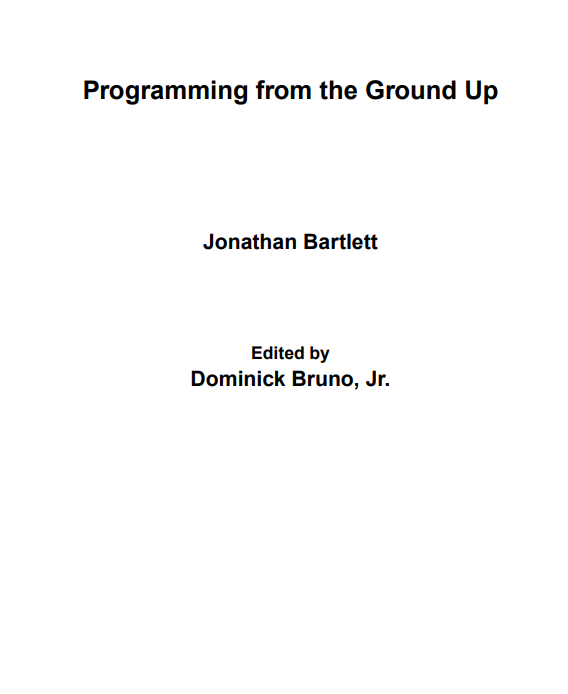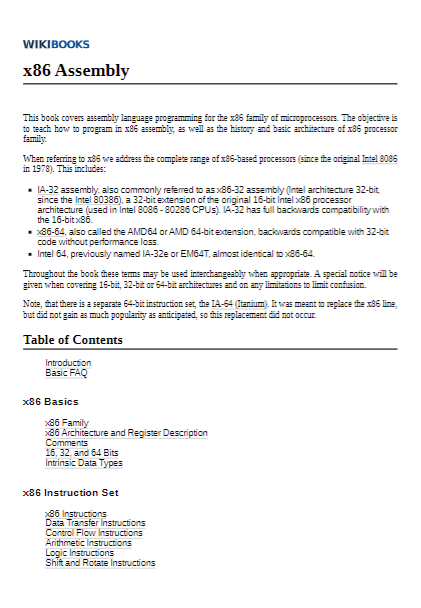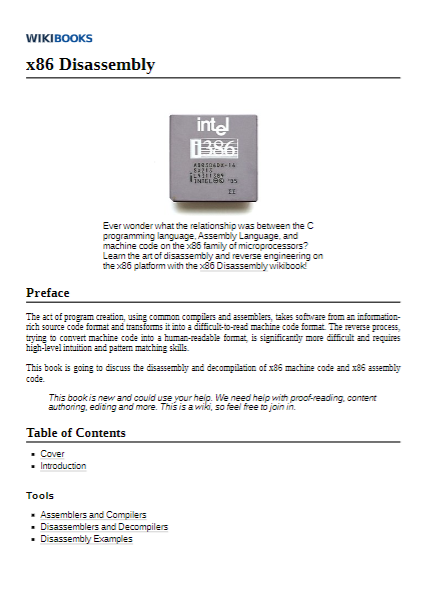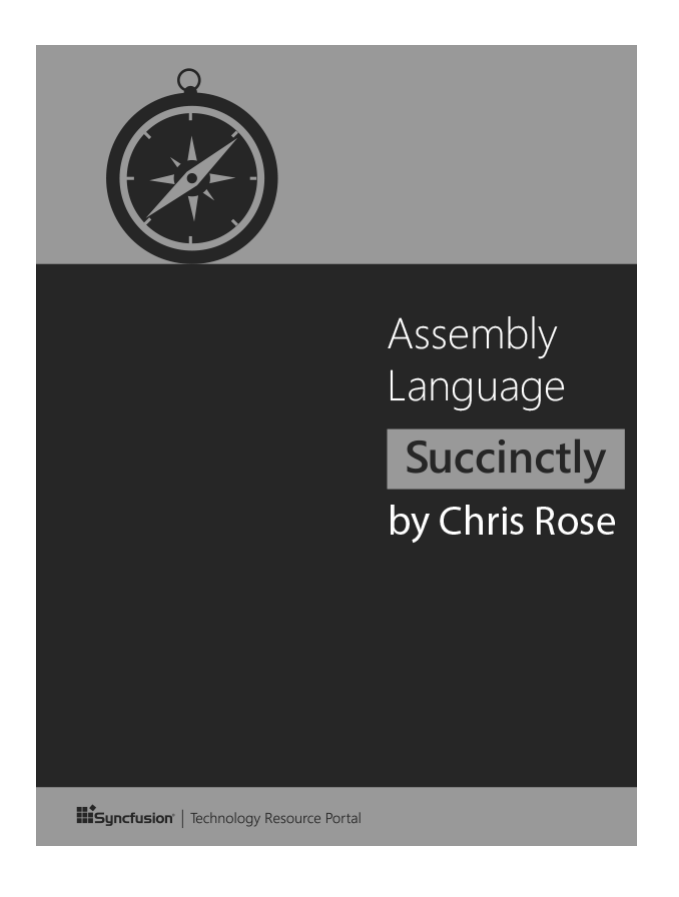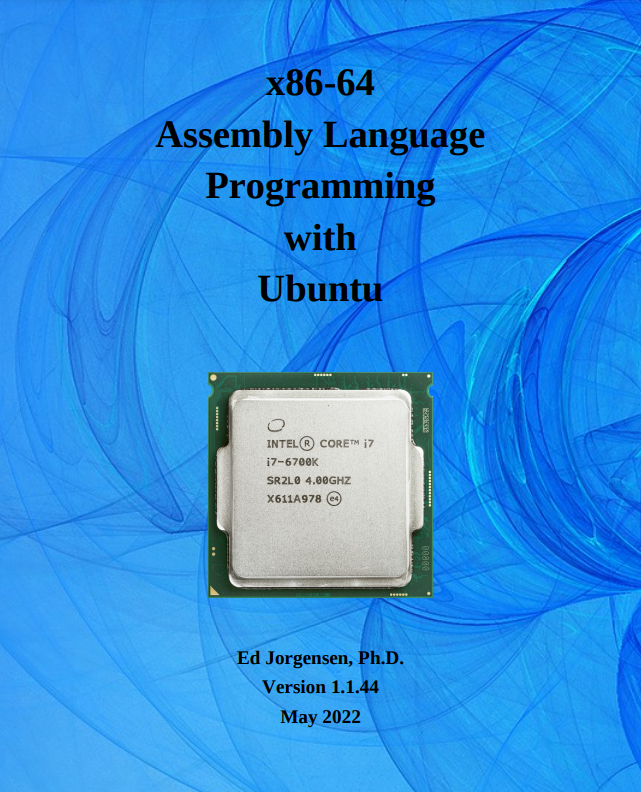Introduction
This is the second in a series of five manuals:
1. Optimizing software in C++: An optimization guide for Windows, Linux, and Mac platforms.
2. Optimizing subroutines in assembly language: An optimization guide for x86 platforms.
3. The microarchitecture of Intel, AMD, and VIA CPUs: An optimization guide for assembly programmers and compiler makers.
4. Instruction tables: Lists of instruction latencies, throughputs and micro-operation breakdowns for Intel, AMD, and VIA CPUs.
5. Calling conventions for different C++ compilers and operating systems.
The latest versions of these manuals are always available from www.agner.org/optimize. Copyright conditions are listed on page 156 below.
The present manual explains how to combine assembly code with a high level programming language and how to optimize CPU-intensive code for speed by using assembly code.
This manual is intended for advanced assembly programmers and compiler makers. It is assumed that the reader has a good understanding of assembly language and some experience with assembly coding. Beginners are advised to seek information elsewhere and get some programming experience before trying the optimization techniques described here. I can recommend the various introductions, tutorials, discussion forums and newsgroups on the Internet (see links from www.agner.org/optimize) and the book “Introduction to 80×86 Assembly Language and Computer Architecture” by R. C. Detmer, 2. ed. 2006.
The present manual covers all platforms that use the x86 and x86-64 instruction set. This instruction set is used by most microprocessors from Intel, AMD, and VIA. Operating systems that can use this instruction set include DOS, Windows, Linux, FreeBSD/Open BSD, and Intel-based Mac OS. The manual covers the newest microprocessors and the newest instruction sets. See manual 3 and 4 for details about individual microprocessor models.
Optimization techniques that are not specific to assembly language are discussed in manual 1: “Optimizing software in C++”. Details that are specific to a particular microprocessor are covered by manual 3: “The microarchitecture of Intel, AMD, and VIA CPUs”. Tables of instruction timings etc. are provided in manual 4: “Instruction tables: Lists of instruction latencies, throughputs and micro-operation breakdowns for Intel, AMD and VIA CPUs”. Details about calling conventions for different operating systems and compilers are covered in manual 5: “Calling conventions for different C++ compilers and operating systems”.
Programming in assembly language is much more difficult than high-level language. Making bugs is very easy, and finding them is very difficult. Now you have been warned! Please do not send your programming questions to me. Such mails will not be answered. There are various discussion forums on the Internet where you can get answers to your programming questions if you cannot find the answers in the relevant books and manuals.
Good luck with your hunt for nanoseconds!
